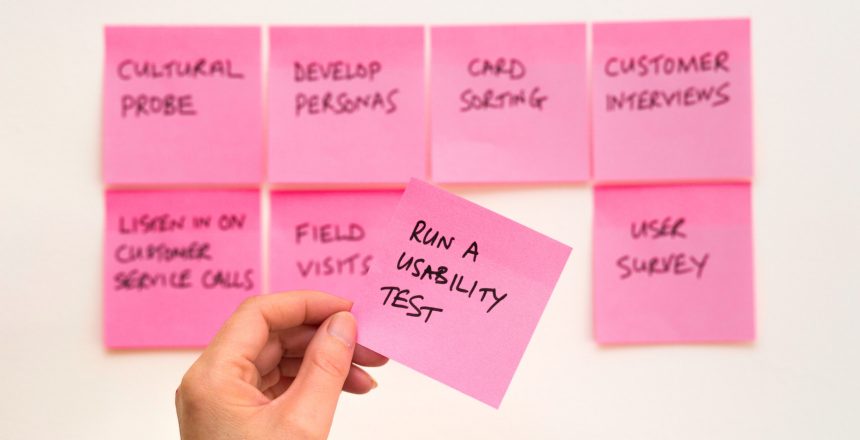Startups are facing rapid change. Due to digitization’s fast pace, a volatile environment leads them to reposition themselves and adjust constantly. Simultaneously, the final goals of startups may change over time and are often not clearly defined. Agile methods can help startups to navigate through this changing and challenging environment.
Benefits of agile methods
Studies have shown that agile methods help organizations and teams to be more productive and eliminate redundant meetings, excessive documentation, low-value features of their products, and more. With agile work approaches, a (startup) company can adapt to customers’ changing priorities. Additionally, it leads to mutual trust and respect for the team members.
By implementing agile methods, such as Design Thinking, Scrum, or Kanban, organizations create a learning environment and culture that fosters autonomy, purpose, and mastering continuous product discovery and delivery. Using an agile approach also reduces risks. There are a lot of benefits coming from using these methods. The question is how and who should implement it?
How to implement agile methods
“Some executives seem to associate agile with anarchy (everybody does what he or she wants to), whereas others take it to mean ‘doing what I say, only faster.’ But agile is neither.” – Havard Business Review
Agile methods may not be for everyone. If one likes classic management and process structures, that’s fine too. The quote indicates that if the C-level is not convinced by agile methods, doesn’t know what it means, or refuses to change the process, a team can never be agile. The C-level needs to support this bottom-up approach and understand his or her role more like a teacher, coach, or mentor. Ask yourself, is my company sales-, product-, or tech-driven? In those cases, agile methods have proven to be very successful and accordingly useful. But they can be implemented for most processes.
Agile methods are all about creating innovation through self-governing teams. Although an owner (also called a facilitator) of each project is selected, that person doesn’t tell the team who should do what and how long the task may take. Instead, the team works out a road map and defines what tasks the team will take on and how to accomplish them. The facilitator helps the team to focus. Rather than having hours of debates in meetings and looping in the management, they will develop ideas in short cycles and test them with customers to get feedback.
This is equally beneficial for start-ups and established companies, as it can save you a lot of money. Developing a product or service can take years just to find out at the end that your customers do not really need the product or would have liked another service.
So here are 5 easy steps to get started with an agile approach for your startup:
Do’s for agility:
- Run experiments/tests
- Embrace failure
- Skip the “heroic inventor” mindset (often embodied by Steve Jobs)
- Concentrate on teams instead
- Lead by asking the right questions, such as “how could we test this?”
How to keep your company agile
Obviously, one cannot simply proclaim an agile organization and expect everybody, especially new hires, to know how it works. When hiring new people for your startup, you should focus on mindset and cultural fit. Always hire for the best possible team, not the best fit for a particular position. For example, you are looking for someone more senior. That person has a lot of experience in her field but might have worked in very classical structures, with classic meetings and reports. You have to make sure that this person is willing to change its role.
With every new hire, you should do an agile workshop in the onboarding process. This way, you make sure to get them into an agile mindset from the very beginning and experience your processes. Don’t limit this to IT-hires; every department can profit from an agile way of working.
To sum up, agile methods are great for startups, as they often have to adapt to their customers’ new needs or a changing environment. Additionally, they can implement structures from the beginning and do not need to convince a huge organization to change its processes. Agile methods are perfect to empower teams to find innovative and creative solutions while skipping unnecessary tasks and meetings. You will get faster feedback from customers and therefore reducing risks like developing low-impact products no one cares about. In order to find the right agile methods for your company, you should try different methods with your team. If you have the chance, do it with an expert. It’s much better if you have an experienced agile coach as an moderator in your workshops, to get to know the methods and their core values.

